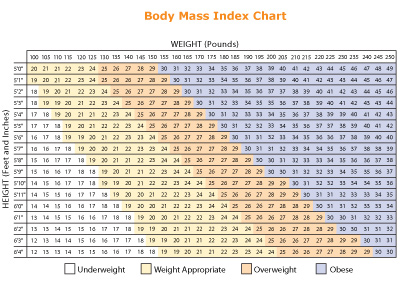Managing Diabetes: Exercise and Body Mass Index
Physical activity has many benefits! Physical activity doesn't just burn off calories from food. It also helps the body use insulin better, and it reduces the risk of cardiovascular disease. On top of that, it helps you to keep off the weight you have already started to lose. Best of all, it makes you feel better, stronger and more energetic.
Getting started
If you're like a lot of people, you've tried to become more active, but you may have found it hard to do. If you have diabetes, you have a powerful reason to get active – now!
Make your own list of reasons to get active. Write them down on a piece of paper and review them every day.
BY GETTING ACTIVE YOU WILL:
|
Another tip: set realistic goals for yourself. Many people set goals that are much too ambitious for their level of fitness or their available time. Build your level of activity slowly and gradually. Set yourself short-term goals – and reward yourself when you meet them.
From time to time, you'll probably let your physical activity program slide a little. A bout of flu, rainy weather or a busy period at work can get in the way of being active for a few days, or weeks. If that happens, don't give up! Just look at the interruption as a temporary lapse. Resume your program as soon as possible.
A big benefit of exercise … weight loss
Being overweight is one of the major risk factors in type 2 diabetes and cardiovascular (heart) disease. In fact, about 90% of people with this form of diabetes are overweight. See the chart below for general guidelines about what your weight should be, based on your height. Ideally, your Body Mass Index (BMI) should be in the range of 19-24. Being overweight means the body needs more insulin. At the same time, it reduces the body's ability to use the insulin it does produce.
People with type 2 diabetes often find their blood glucose levels go down when they lose weight. Sometimes the drop is so great that your doctor may cut back on your diabetes pills or insulin, or even have you stop taking medication altogether. Losing weight also helps reduce the risk of cardiovascular disease.
Weight loss is a balance between eating and physical activity. To lose weight, you have to eat fewer calories than you burn off in your daily activities. By sticking to your meal plan and adjusting your levels of physical activity, you can take control of your weight.
You've worked out a meal plan, and you've stuck to it. You've started to get active. Lo and behold, you've lost some weight. Well done! Now the challenge is to stick to your new eating habits and keep active. Remind yourself, you're in this for the long haul. If you gain back weight, you'll just have to lose it all over again. Slow and steady wins the weight race.

